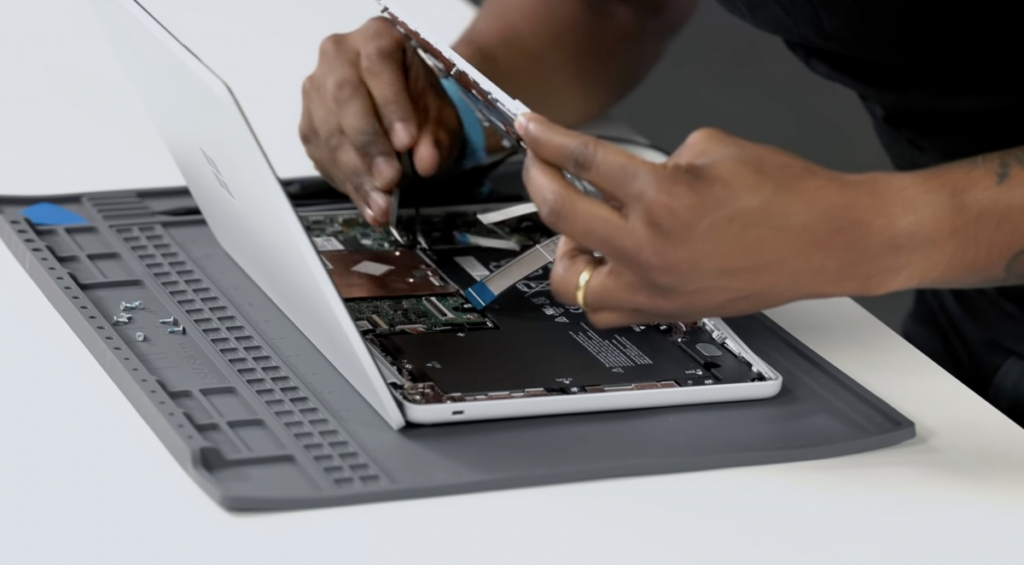SD cards have become an integral part of our digital lives, serving as storage devices for our photos, videos, music, and important documents. However, data loss from an SD card can be a frustrating and stressful experience. Whether it’s due to accidental deletion, formatting, corruption, or other reasons, the good news is that you can often recover lost data from an SD card with the right tools and techniques. In this article, we’ll explore the steps to recover data from an SD card, ensuring you have a solid plan in case disaster strikes.
Stop Using the SD Card Immediately
The first and most crucial step when you realize you’ve lost data from your SD card is to stop using it. Continued use of the card can overwrite the deleted or lost data, making it much harder to recover. Remove the SD card from your device and set it aside until you’re ready to begin the recovery process.
Assess the Damage
Before diving into data recovery, assess the extent of the damage. Determine the type of data loss you’re facing, whether it’s accidental deletion, formatting, or card corruption. This information will help you choose the appropriate recovery method.
Use Data Recovery Software
Data recovery software is your best friend when it comes to recovering data from an SD card. There are many reliable options available, both free and paid, such as Recuva, PhotoRec, and EaseUS Data Recovery Wizard. Follow these general steps when using recovery software:
a. Download and install the software on your computer.
b. To access the SD card, either place it in a card reader or connect the device to your computer.
c. Launch the recovery software and select the SD card as the target drive.
d. Start the scan, which will identify and list recoverable files.
e. Review the scan results and select the files you want to recover.
f. Specify a safe location to save the recovered files (not on the same SD card).
g. Begin the recovery process.
Try Manual Recovery Techniques
If data recovery software doesn’t yield the desired results, you can attempt manual recovery techniques, such as using the Command Prompt (for Windows) or Terminal (for macOS). These methods are more advanced and require careful execution. It’s recommended to seek assistance from a professional if you’re not comfortable with these processes.
Consult a Professional Data Recovery Service
If your data is still inaccessible after trying the above methods on how to recover data from SD card, it may be time to consult a professional data recovery service. These experts have specialized tools and expertise to recover data from physically damaged SD cards or situations where software-based methods have failed. Be prepared for potentially higher costs when opting for professional services.
Prevent Future Data Loss
Once you’ve successfully recovered your data, take steps to prevent future data loss:
a. Regularly back up your data to multiple locations, including cloud storage, external hard drives, and other devices.
b. Safely eject the SD card from your device before removing it to prevent corruption.
c. Use reliable and up-to-date antivirus software to protect your SD card from malware.
d. Avoid using the same SD card for extended periods, as they have a limited lifespan.
Conclusion
Losing data from an SD card can be a distressing experience, but with the right approach and tools, you can often recover your valuable files. Remember to stop using the SD card immediately to prevent data overwriting, assess the damage, and use data recovery software as the first step. If necessary, explore manual recovery techniques or seek professional help. By following these steps and practicing good data management habits, you can minimize the risk of future data loss and keep your digital memories safe.








